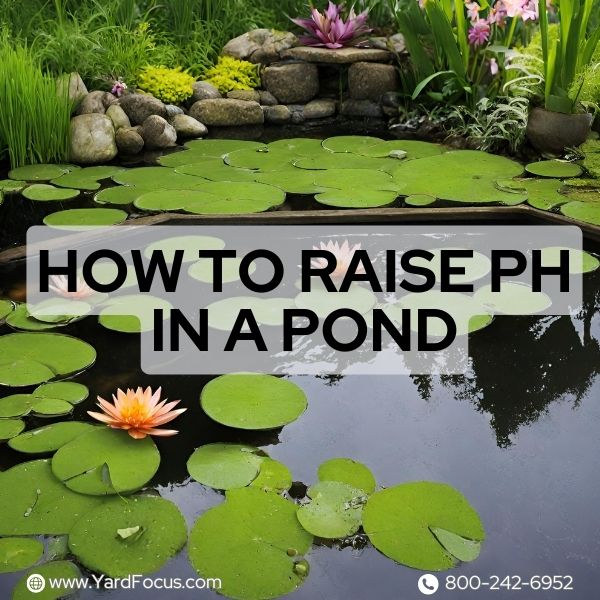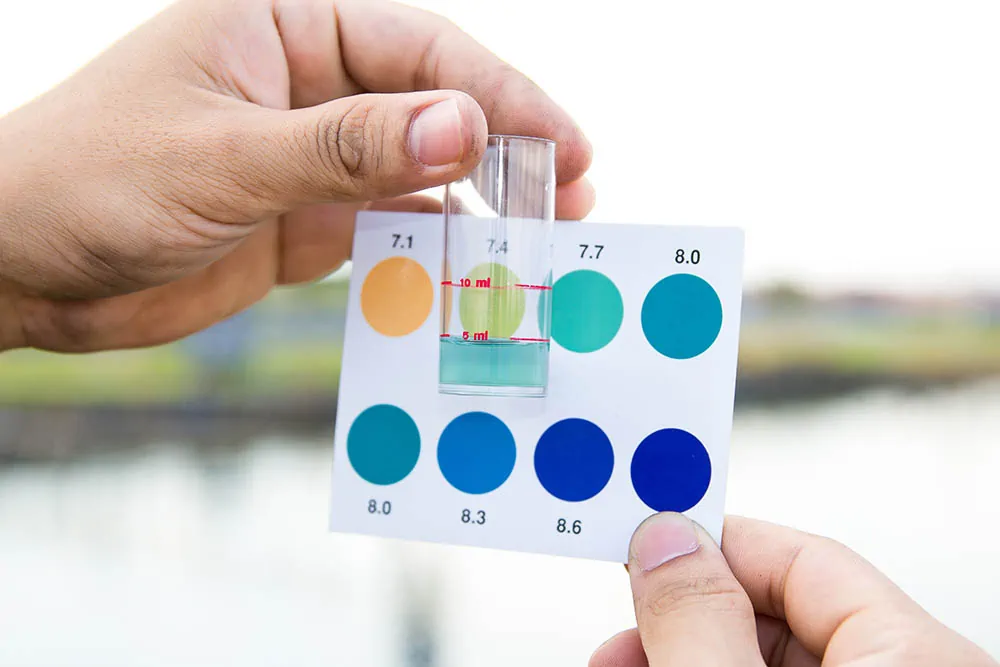Raising the pH level in your pond is crucial for maintaining a healthy aquatic environment for your fish and plants. pH is a measure of the acidity or alkalinity of the water, and it directly affects the health and well-being of the aquatic life in your pond. If the pH level is too low, it can be harmful to fish and plants, leading to various health issues and even death. In this comprehensive guide, we will discuss the importance of pH in your pond, the factors that can affect pH levels, and the various methods you can use to raise the pH in your pond.
The Importance of pH in Your Pond
The pH level in your pond plays a crucial role in the overall health and well-being of the aquatic life. Most fish and plants thrive in water with a pH level between 6.5 and 8.5. If the pH level is too low (acidic), it can cause stress to fish and inhibit the growth of plants. On the other hand, if the pH level is too high (alkaline), it can also be harmful to fish and plants. Maintaining the optimal pH level in your pond is essential for the overall health and balance of the ecosystem.

Credit: www.yardfocus.com
Factors Affecting pH Levels
Several factors can affect the pH levels in your pond, including the presence of decaying organic matter, the type of soil and rocks surrounding the pond, the use of chemicals or medications, and the biological activity in the pond. Rainwater, which tends to be slightly acidic, can also lower the pH level in your pond. Understanding these factors can help you identify the root cause of low pH levels and take appropriate measures to raise the pH in your pond.

Credit: www.pinterest.com
Methods to Raise Pond pH
There are several methods you can use to raise the pH level in your pond. It is essential to choose the right method based on the current pH level and the specific needs of your pond. Here are some effective ways to raise pond pH:
- Add Baking Soda: Baking soda is a commonly used household product that can help raise the pH level in your pond. To use baking soda, dissolve the appropriate amount in water and gradually add it to the pond. Monitor the pH level regularly to ensure it stays within the optimal range.
- Use Crushed Limestone: Crushed limestone is a natural way to raise the pH level in your pond. The calcium carbonate in limestone helps neutralize acidity in the water. Spread a layer of crushed limestone at the bottom of the pond or in filter boxes to gradually raise the pH level.
- Install a pH Buffer: pH buffers are chemical compounds that help stabilize and raise the pH level in the pond. These buffers are available in liquid or granular form and can be easily added to the water to adjust the pH level. Follow the manufacturer’s instructions for the correct dosage.
- Use Oyster Shells: Oyster shells are another natural way to raise the pH level in your pond. The calcium carbonate in oyster shells helps increase alkalinity in the water. Place oyster shells in a mesh bag and submerge them in the pond to gradually raise the pH level.
- Control Organic Matter: Decaying organic matter can contribute to low pH levels in your pond. Regularly clean and remove debris, fallen leaves, and excess fish food from the pond to prevent the accumulation of organic matter. This can help maintain a more stable pH level.
Monitoring pH Levels
After implementing methods to raise the pH level in your pond, it is essential to regularly monitor the pH levels to ensure they remain within the optimal range. Use a pH testing kit to test the water periodically and make adjustments as needed. Keeping a log of pH levels over time can help you identify any trends or fluctuations and take timely action to maintain a healthy pH balance in your pond.
Conclusion
Raising the pH level in your pond is a critical aspect of maintaining a healthy aquatic environment for fish and plants. By understanding the importance of pH, identifying factors that affect pH levels, and implementing appropriate methods to raise the pH, you can create a balanced ecosystem that supports the growth and well-being of your pond inhabitants. Regular monitoring and proactive management of pH levels are essential for the long-term health and sustainability of your pond.





